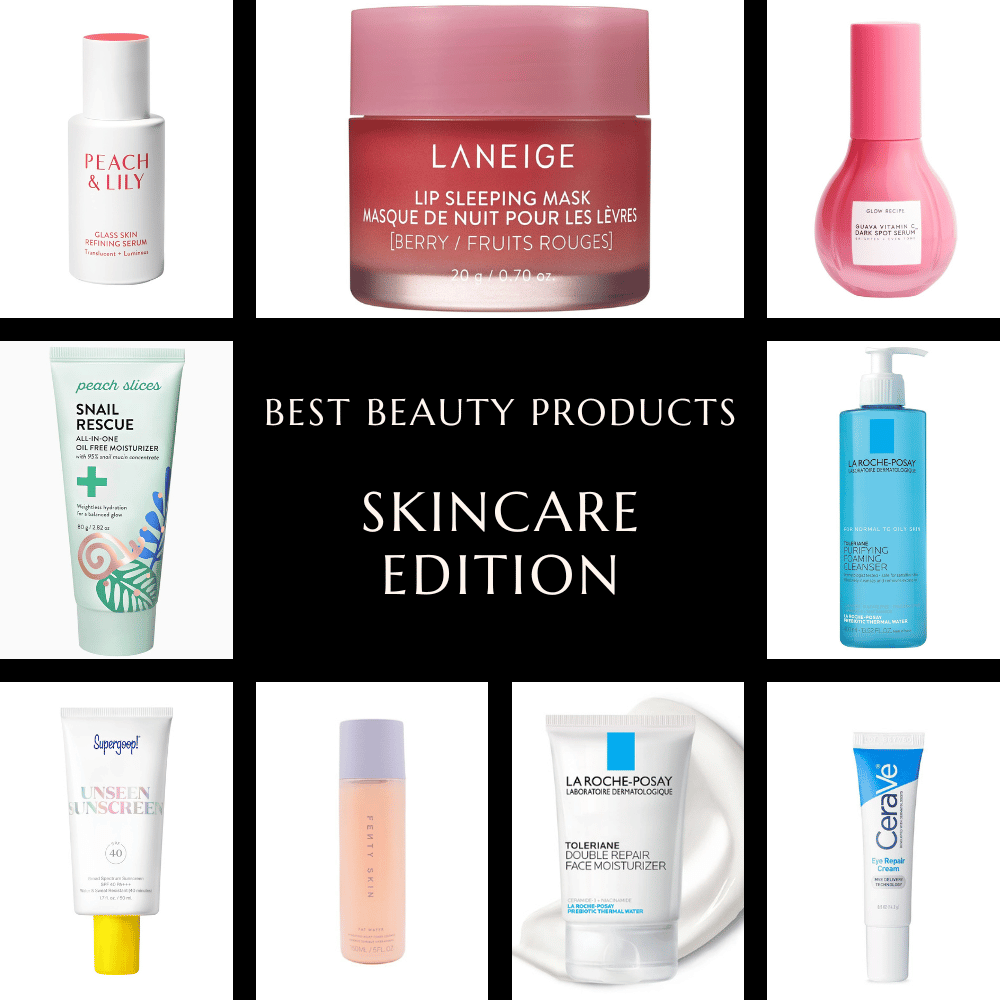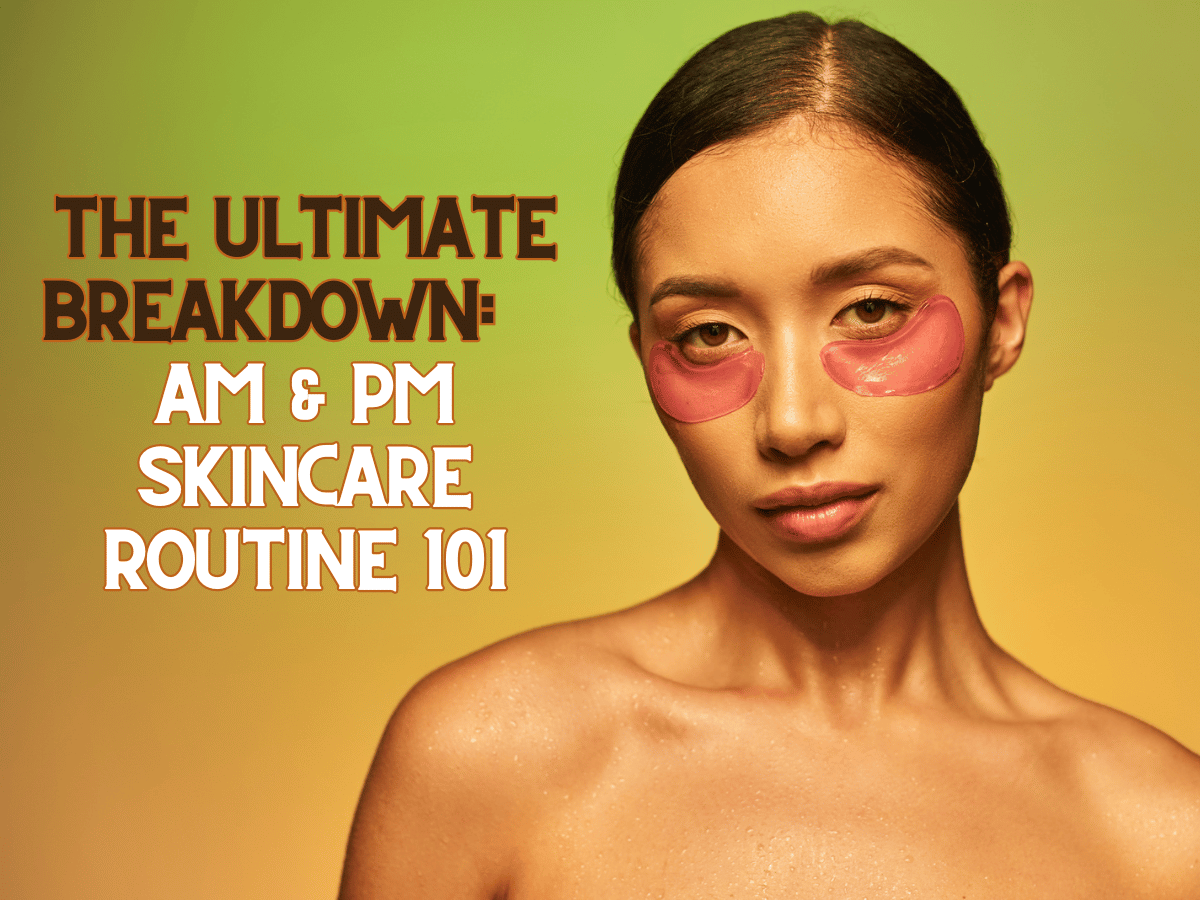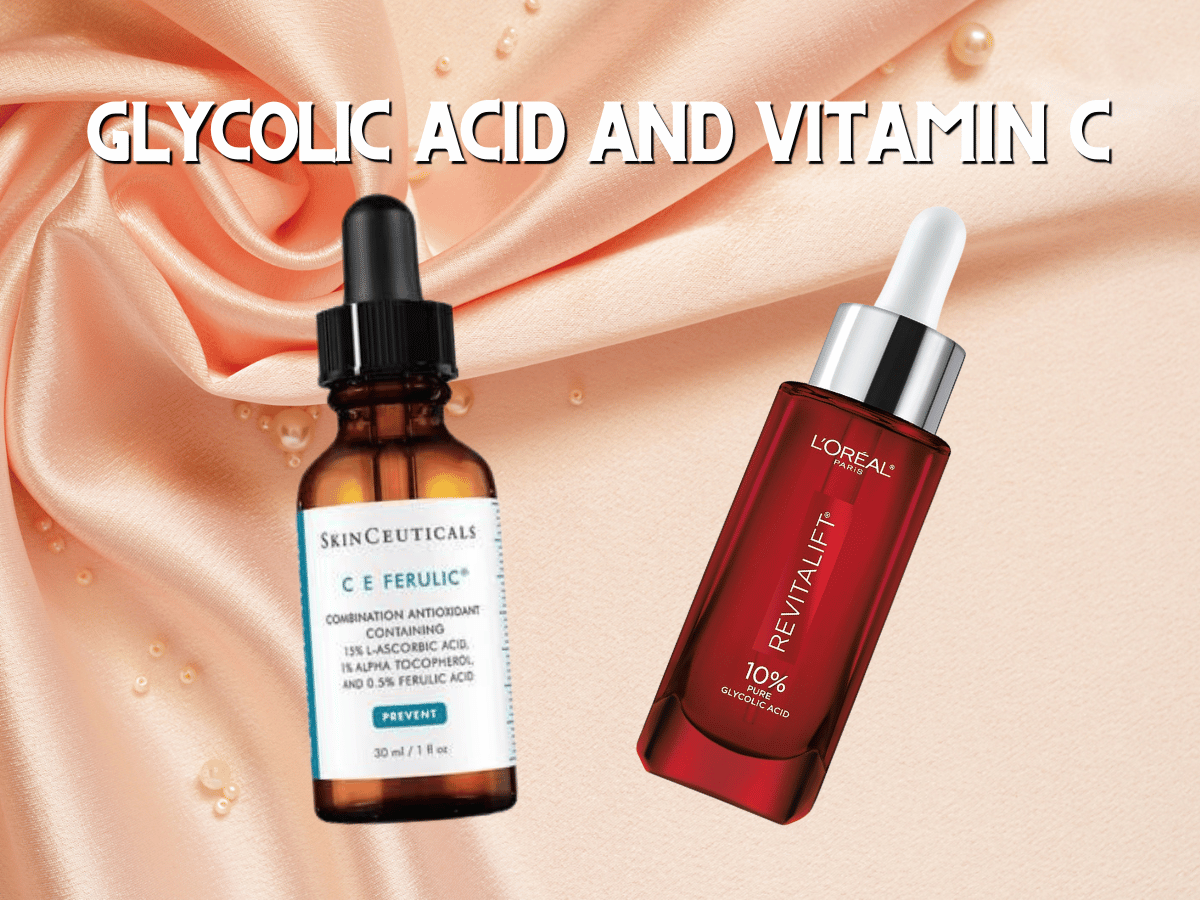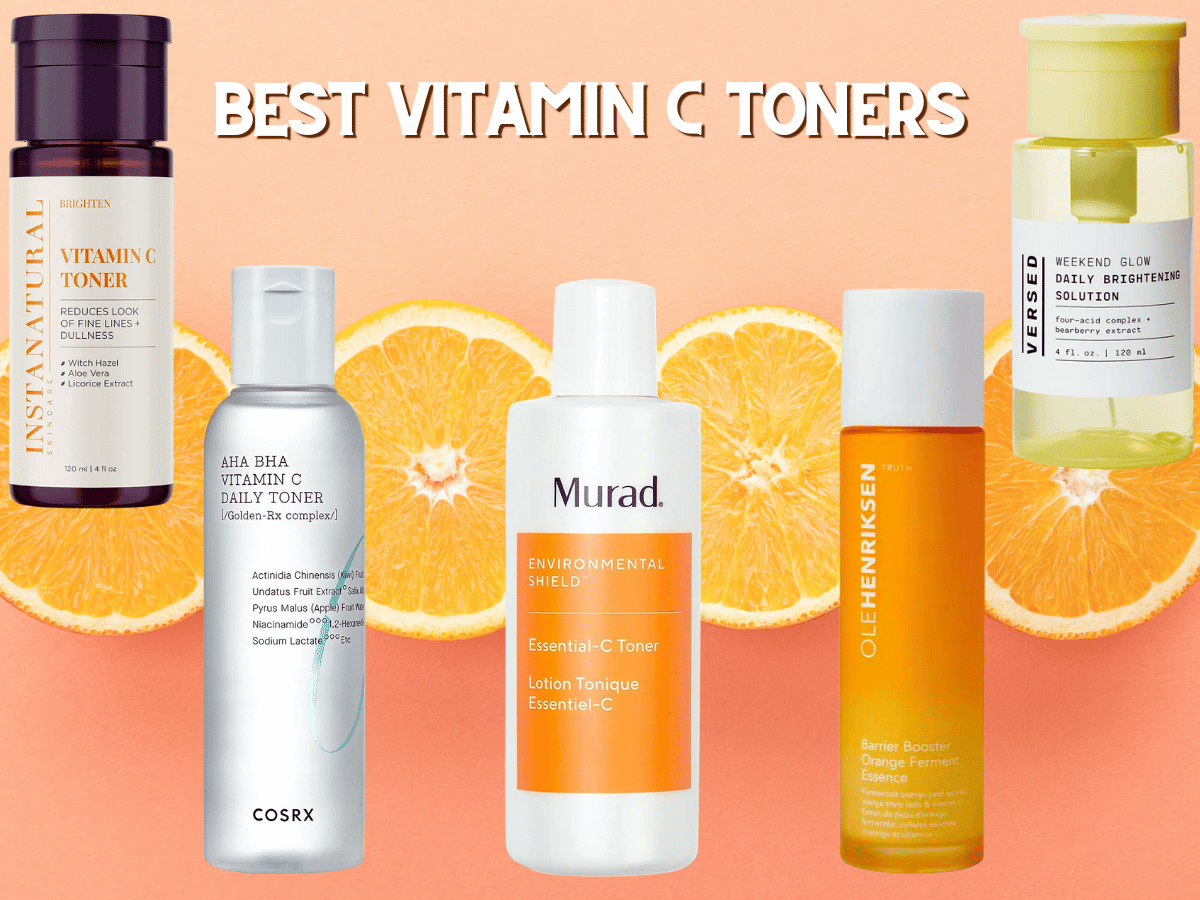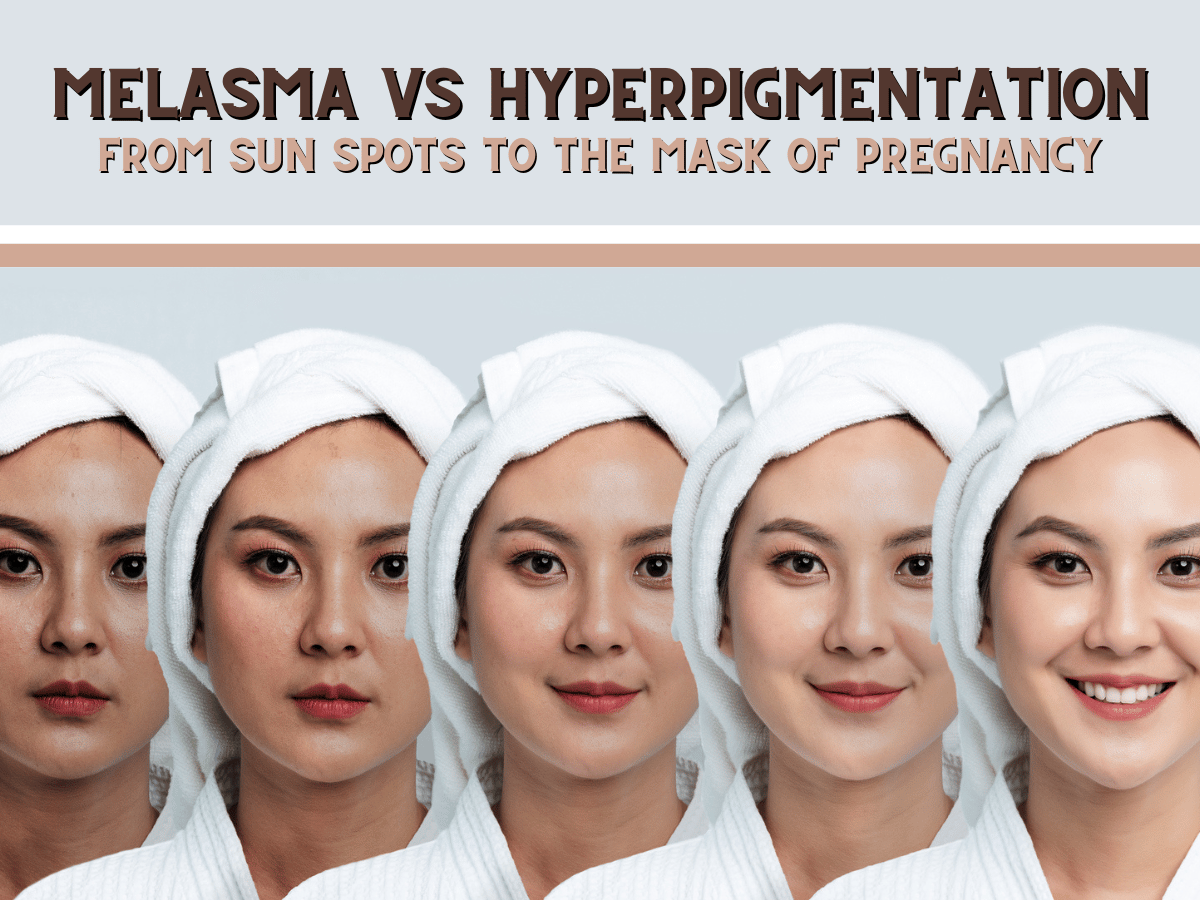Hyaluronic Acid and Salicylic Acid: Put These Essential Active Ingredients at the Top of Your List!
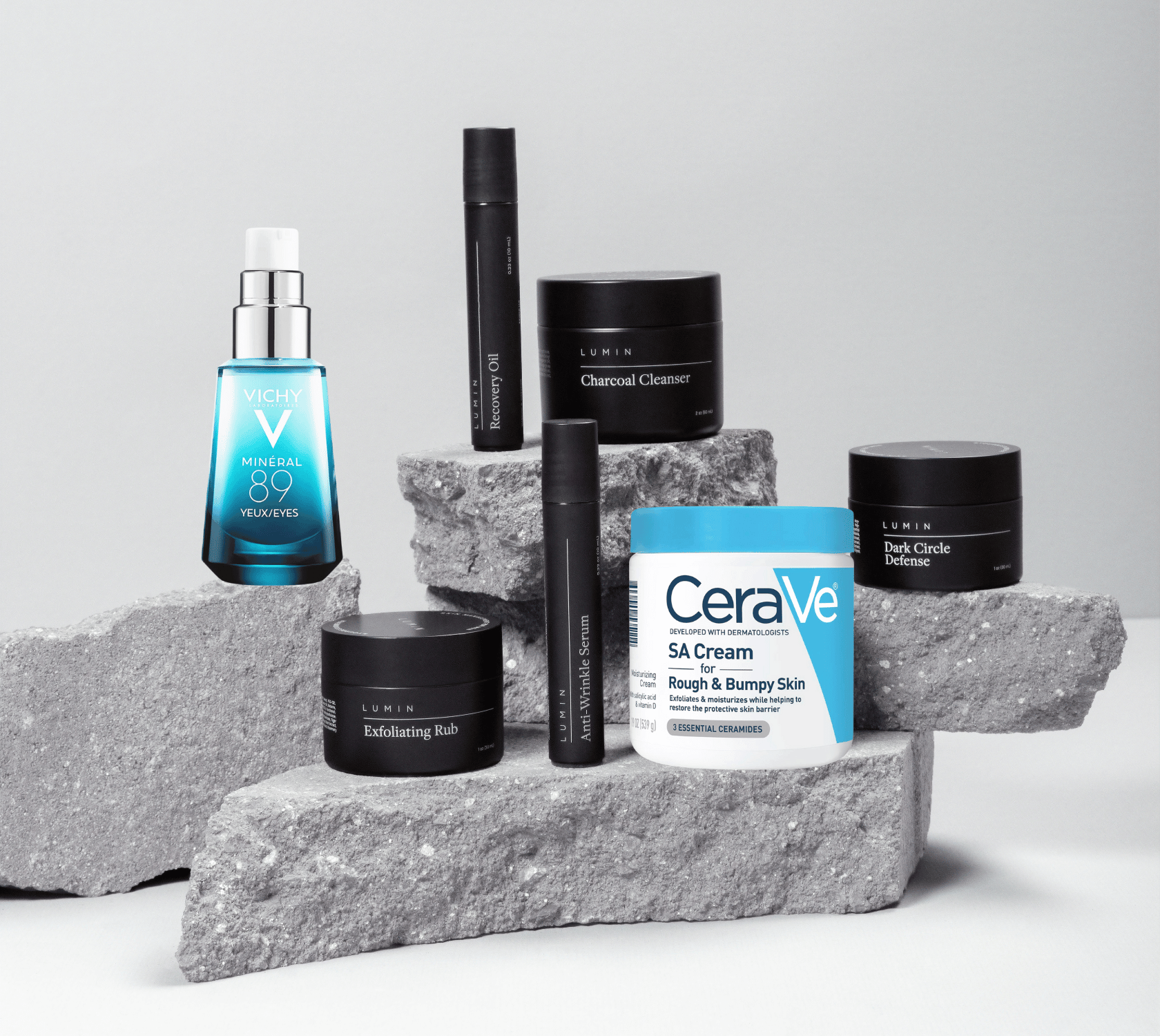
One of the trends in the beauty space in both cosmetics and skincare, is layering products.
In the current market, there is no shortage of products and each excels in its own specific way. So why not get the best of all that they offer and layer?
In skincare, the routine itself is basically layering one type of product on top of another.
In this post, I'll be narrowing down the focus on two specific ingredients that are familiar to most folks, and see exactly what they do, how they benefit the skin, and how they behave when used together. Let's get started!
What is hyaluronic acid?
Hyaluronic acid (a humectant) is a thin, fluid subtance that is naturally found in the human body.
Studies show that this acid is used inside the body to hydrate, heal, and repair places inside like joints, eyes, and of course, the skin, while also being great for quite literally "greasing" your joints, thereby decreasing friction and allowing from smooth movements. It help your skin flexible by providing it with plenty of moisture and nourishment.
Most importantly, it hydrates. According to Cleveland Clinic, "a quarter-teaspoon of hyaluronic acid holds about one and a half gallons of water. "
This last property is what makes hyaluronic acid the most sought out ingredient in skincare when it comes to hydration, and a good ingredient to use everyday in your routine no matter what your skin type is.
Note: Hyaluronic acid is quite safe to use even while pregrant or nursing.
What is salicylic acid?
Salicyclic Acid (beta hydroxy acid or BHA) is an ingredient that belongs in the Salicylate family.
It used to treat skin conditions from acne, to psoriasis, to ichthyoses. Salicyclic acid exfoliates or removes the layer of dead skin cells to reveal the young, supple skin underneath.
In terms of acne, salicyclic acid treats it "by reducing swelling and redness and unplugging blocked skin pores to allow pimples to shrink", according to Medline Plus.
Salicylic acid is helpful to other skin concerns as it softens and loosens dry, scaly, or thickened skin making it easier for the affect skin to fall off or be removed.
Salicylic acid comes in different levels of concentrations from low amounts found in easily-accesible skincare products to prescription level strengths.
Note: For those who are pregrant or nursing, this ingredient is typically safe to use, but as always, when in doubt, ask consult with your doctor.
Can you use hyaluronic acid and salicylic acid together?
Yes! In fact, if you do plan on using both ingredients in your rountine, it is recommended to use them together rather than on separate days.
Salicylic acid is an ingredient that can pull out oil from the skin, thereby leaving it dry. Dry skin is prone to cracking which allows bacteria to seep through.
When hyaluronic acid and salicyclic acid are used together, hyaluronic acid moisturizes the skin after salicylic acid treats the skin, thereby balancing themselves out.
Salicylic acid exfoliates, while hyaluronic acid moisturizes and soothes the skin.
What goes first hyaluronic acid or salicylic acid?
There are two things to consider here:
- The type of product that the ingredient is found in: cleansers, toners, serums, creams, moisturizers etc.
- The state of your skin: is it damp or dry?
Type of Product
In skincare, the order in which you use the products are from thinnest formulation to the thickest.
For example, if hyaluronic acid is found in a thinly-formulated product, then it will be applied first and vice versa.
State of Your Skin
When applying salicylic acid, your skin should be dry, and when applying hyaluronic acid, your skin should be damp for best results.
Depending on what product each ingredient is in, the order of which you apply first will differ. Here are a few scenarios:
- In the event that the product with the salicylic acid is thinner in formulation and therefore goes first, simply pat your skin dry and apply.
- In the event that the product with the hyaluronic acid is thinner in formulation and therefore goes first, slightly dampen your skin and apply. Be sure to moisturizer after the salicylic acid product is applied.
- If both ingredients are in the form of a serum, apply the salicylic acid serum first. Follow up with the hyaluronic acid serum so that the moisture is reintroduced into the skin.
Conclusion
In conclusion, if you are looking to exfoliate and/or treat skin, salicylic acid is the way to go.
On the other hand, if you are looking to add some hydration and nourishment into the skin, then go for the hyaluronic acid.
The combination of both salicylic acid and hyaluronic acid together yet another great duo to treat and then hyrdate the skin.
Now that you know what both hyaluronic and salicylic acid do and how they work together, you're ready to confidently start incorporating, one, the other or both into your routine.
How We Curated This Article
There are many options on the market with many different ingredients. It can be overwhelming trying to figure out what product is best for you.
We've taken the guesswork out of it for you and brought all the facts together.
Before I let you go, here are a few helpful resources to learn from and use to start choosing your next favorite skincare products. Click below to explore!
Thanks for reading!
Next Up: Can You Use Salicylic Acid with Retinol?
Like these stories? You will (probably) love our monthly newsletter.

